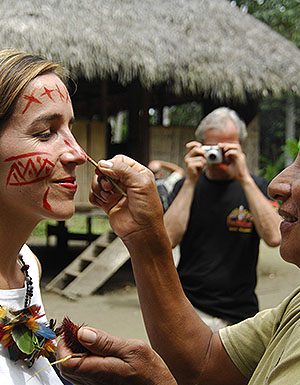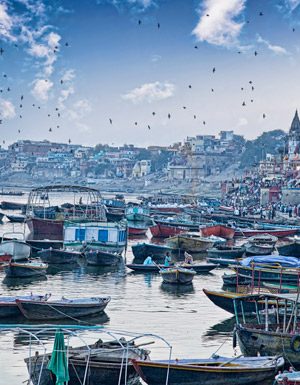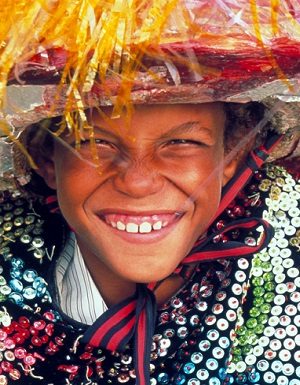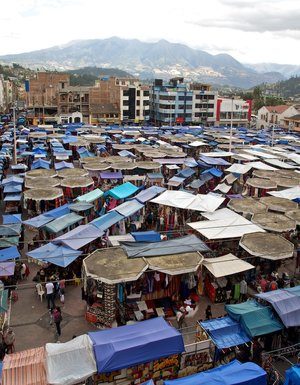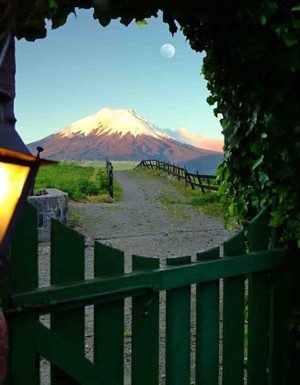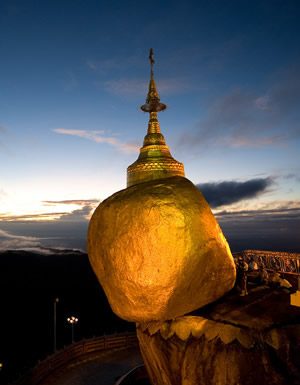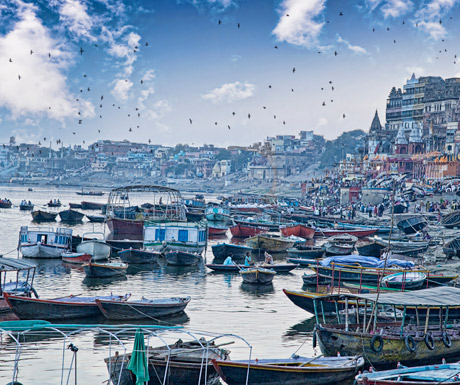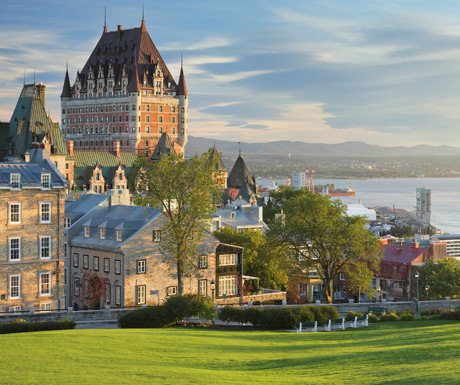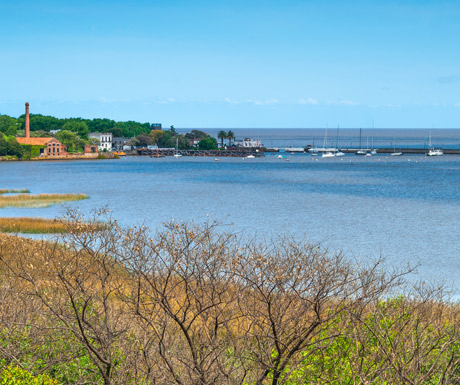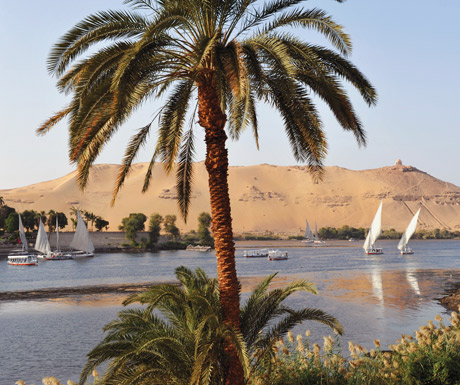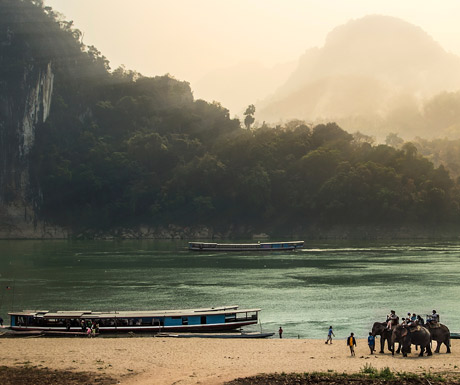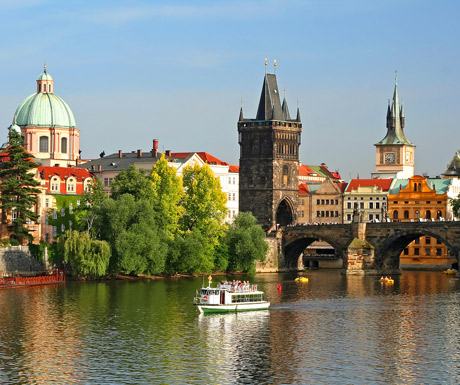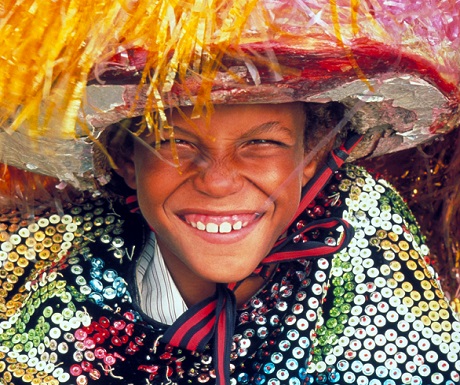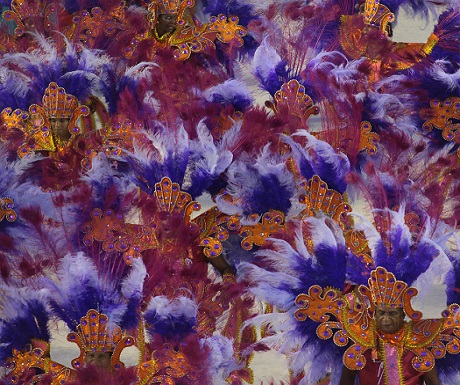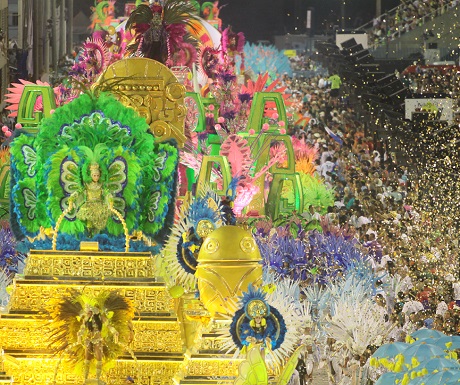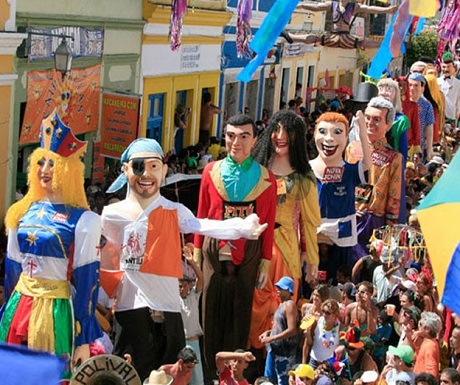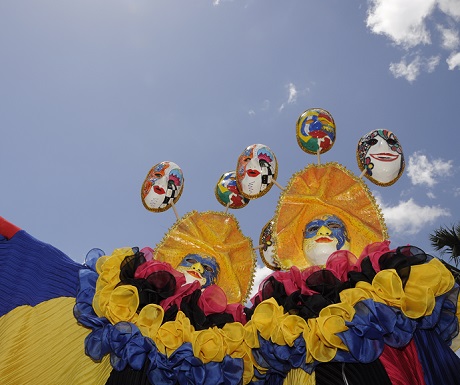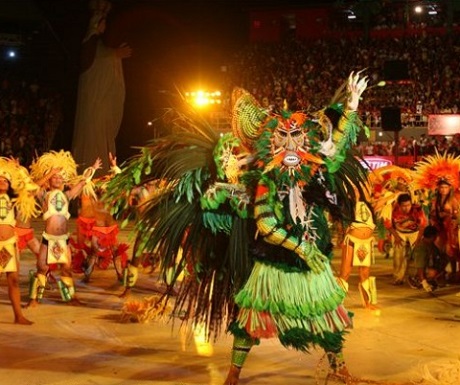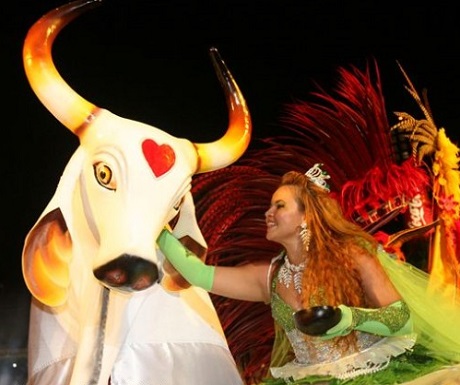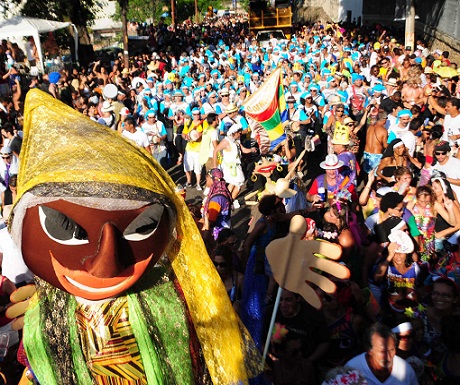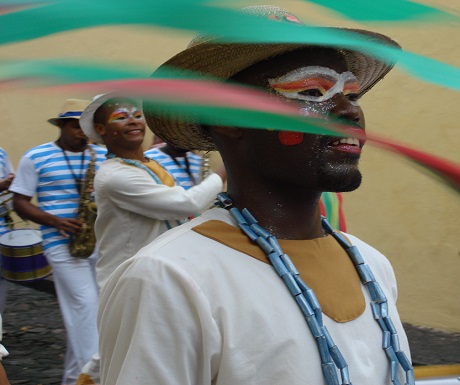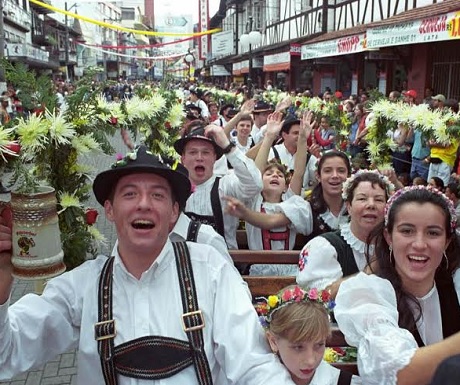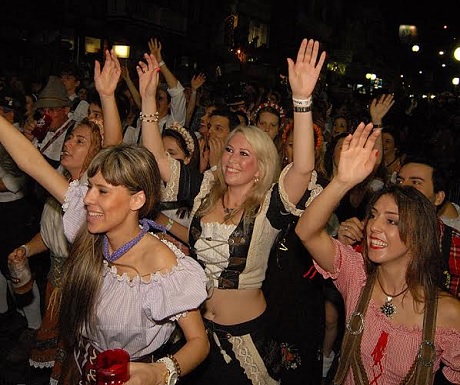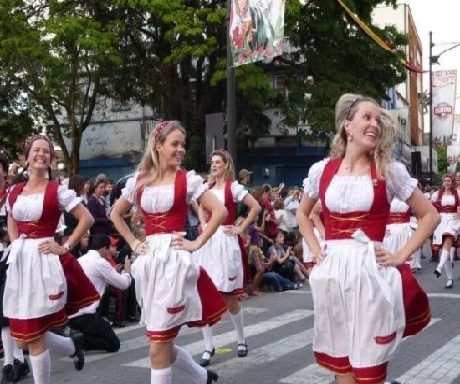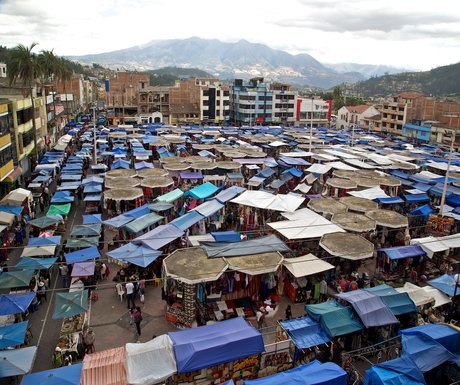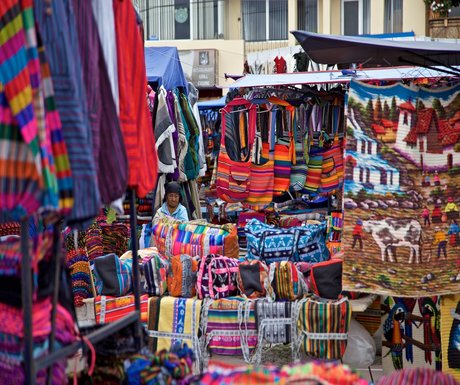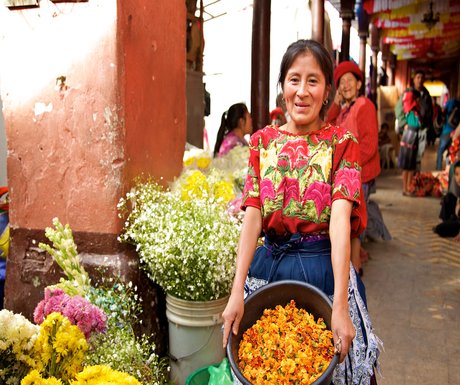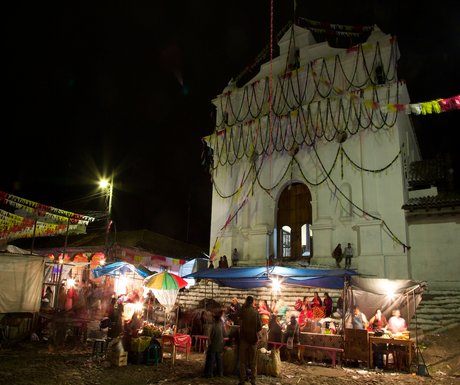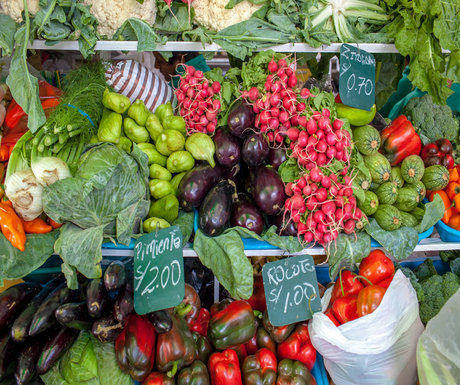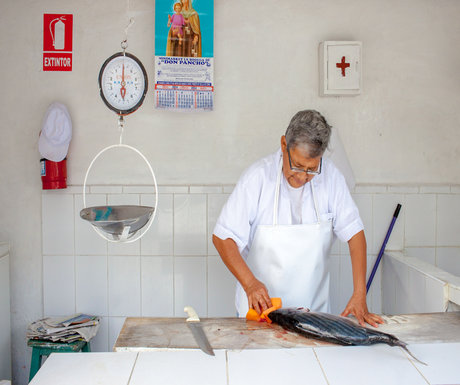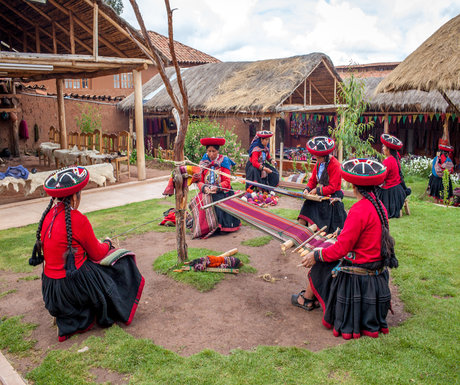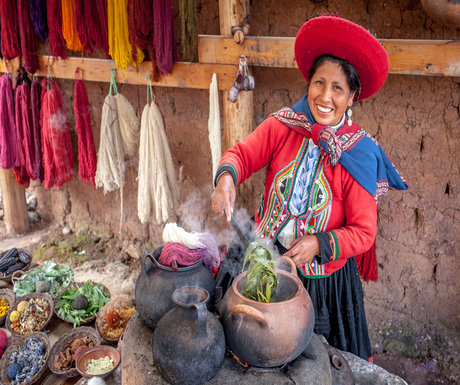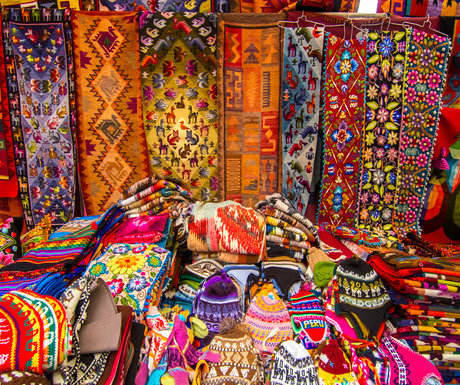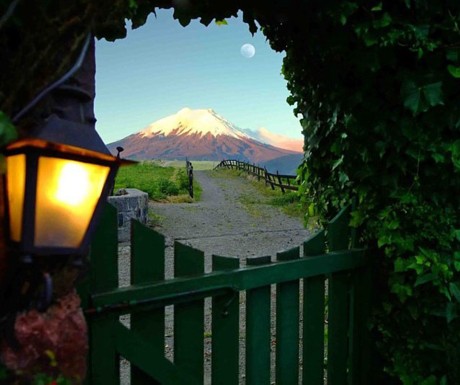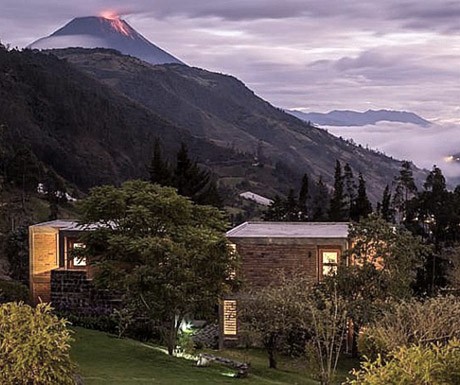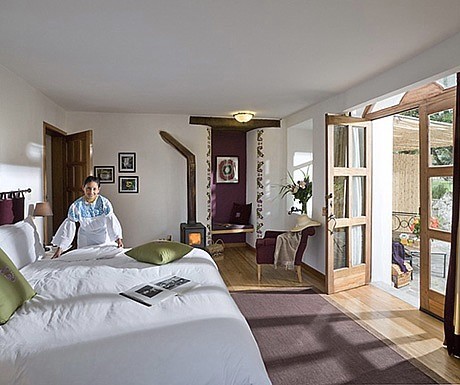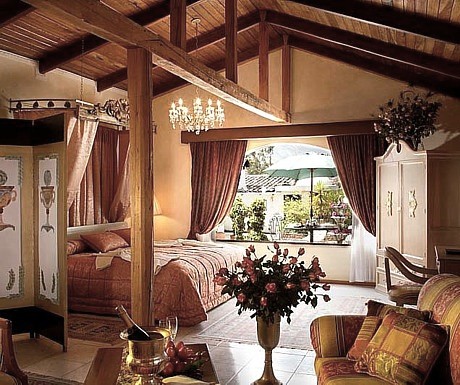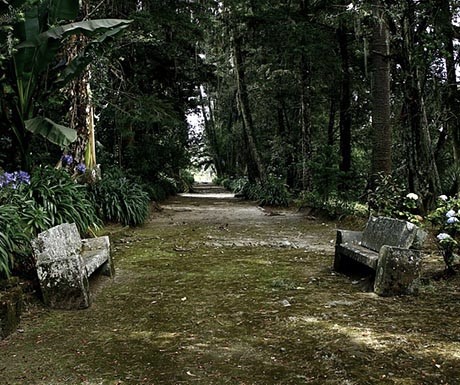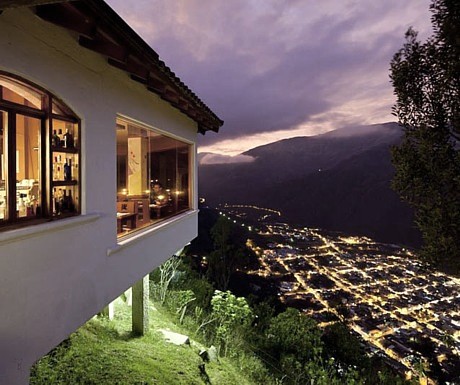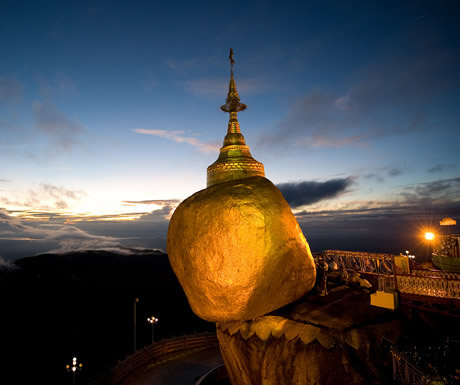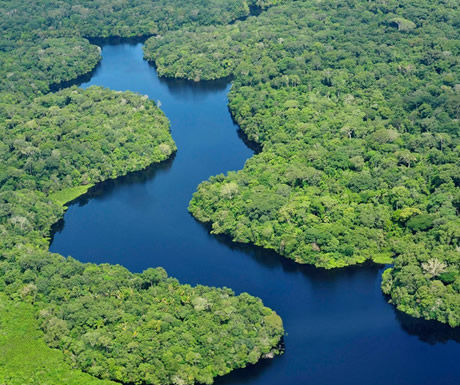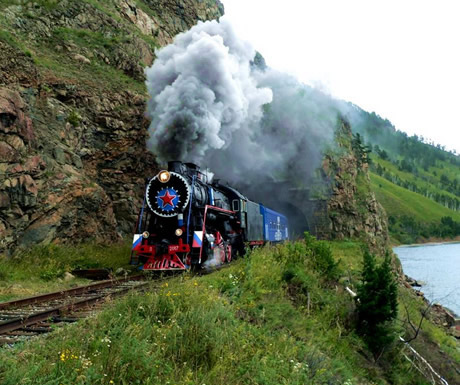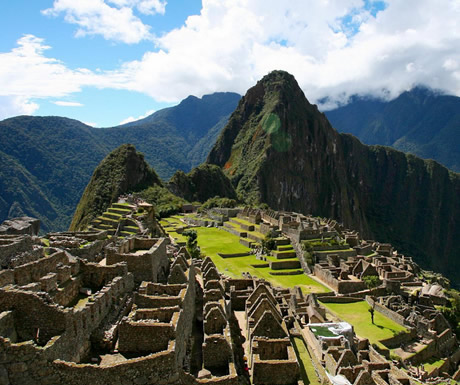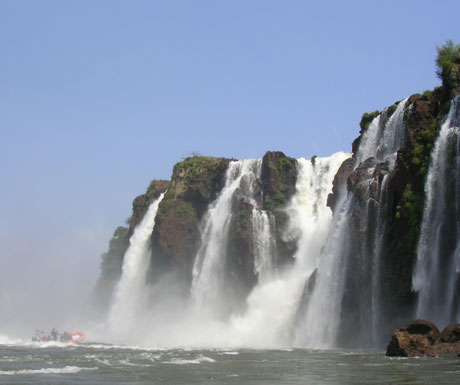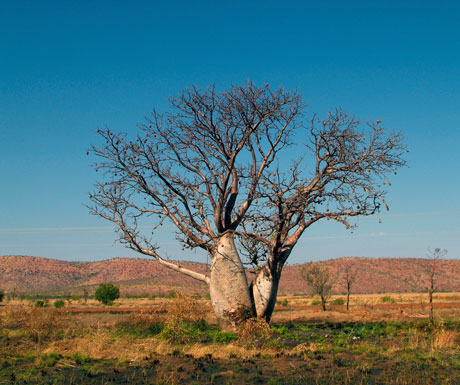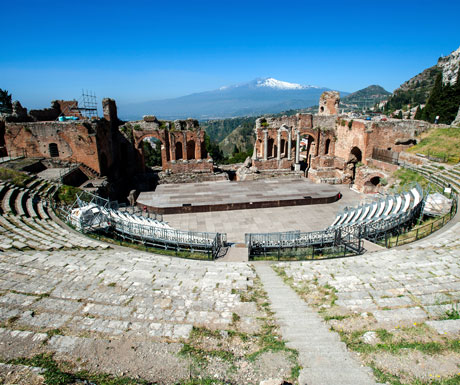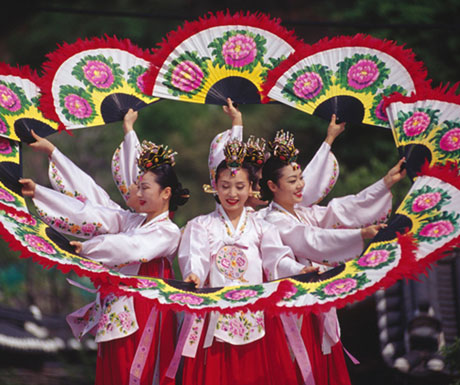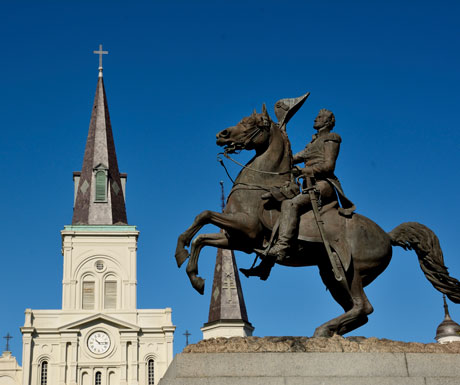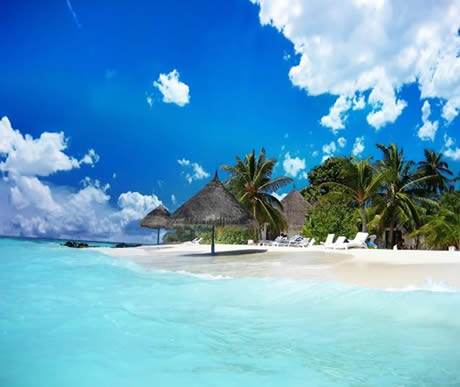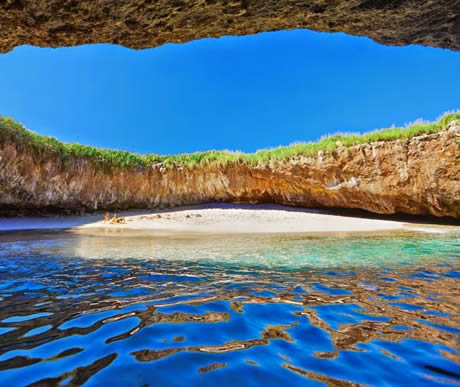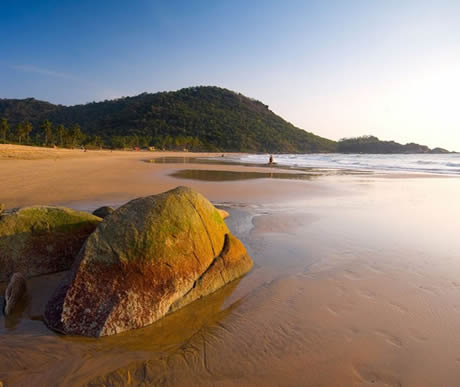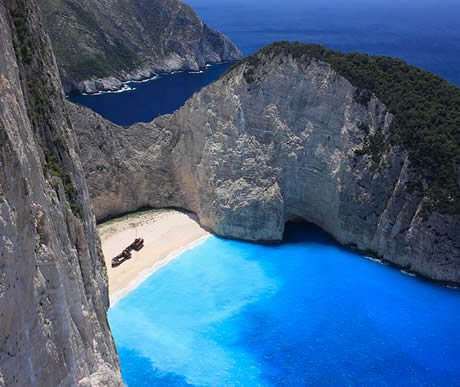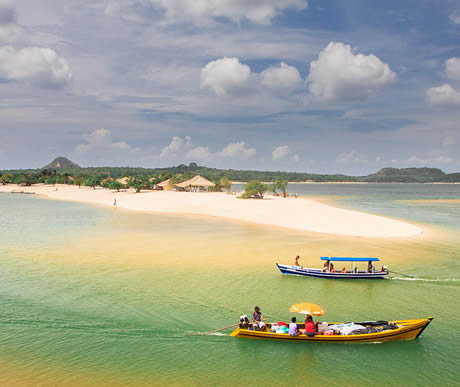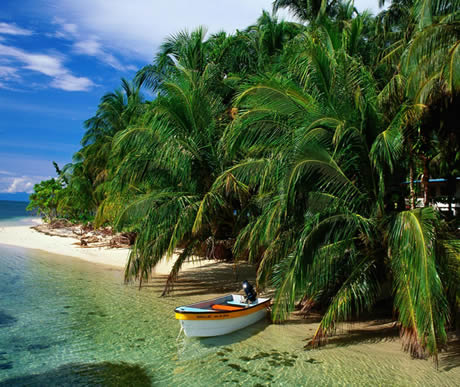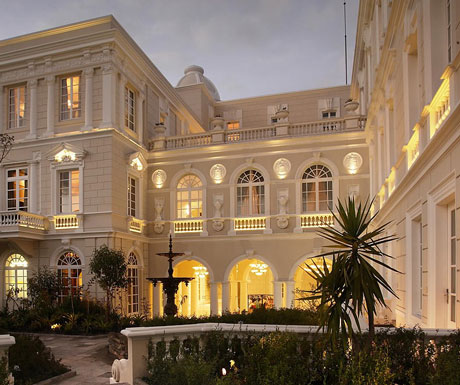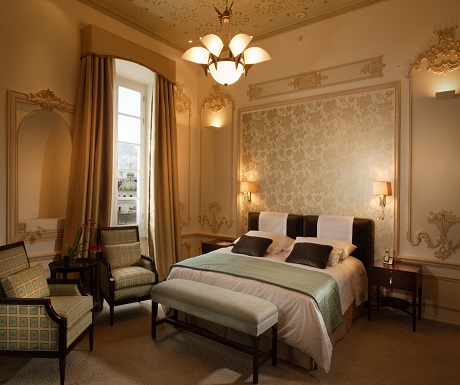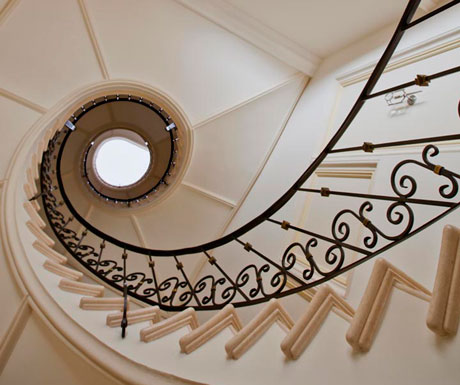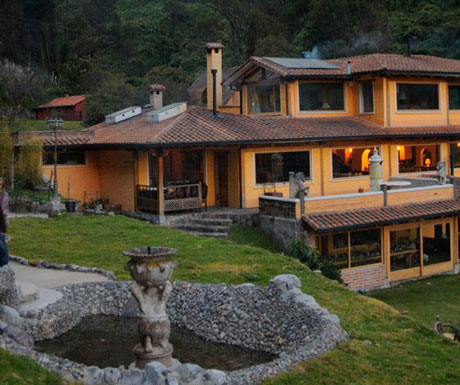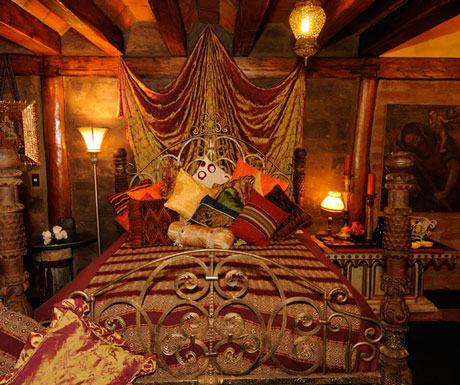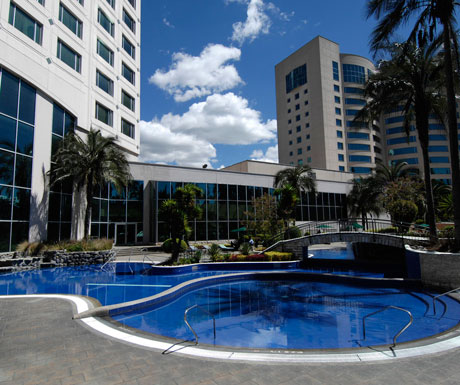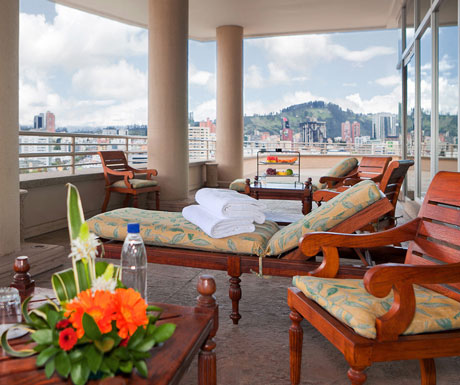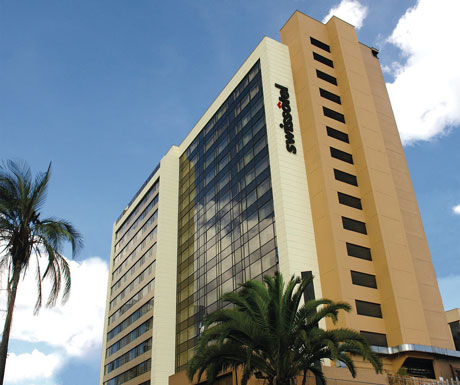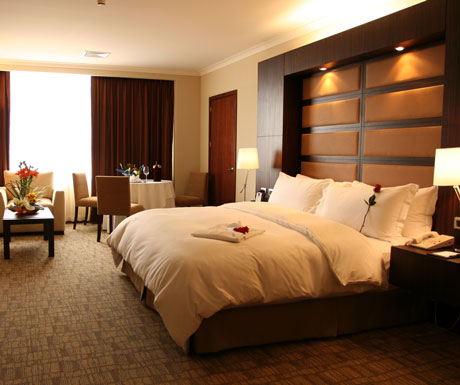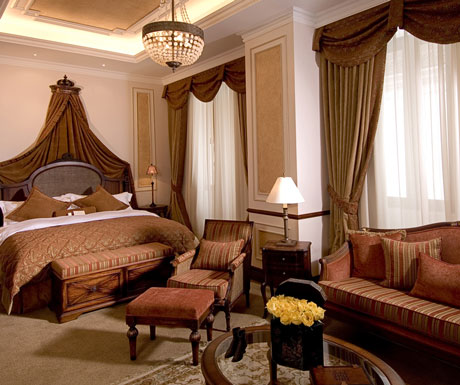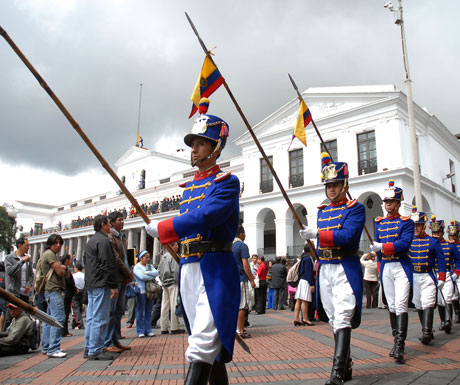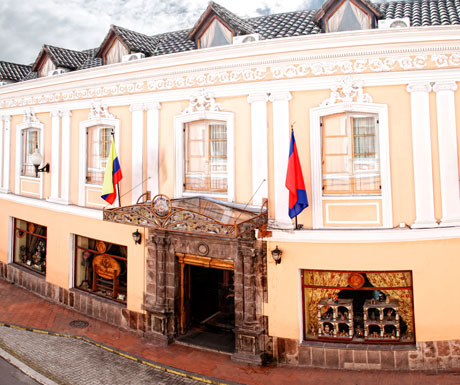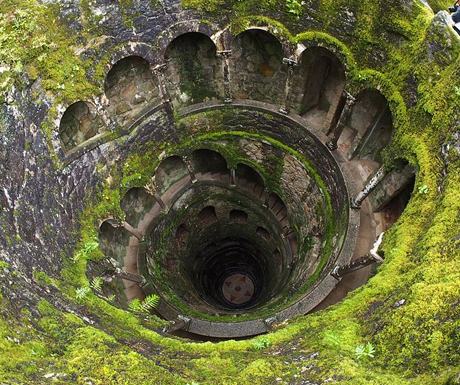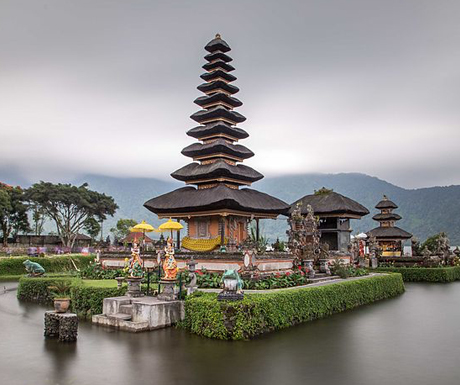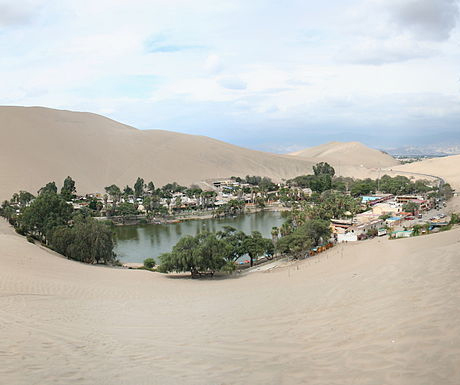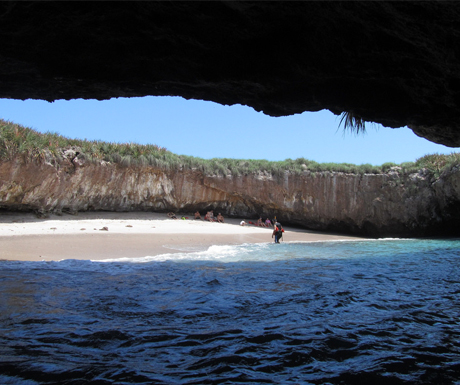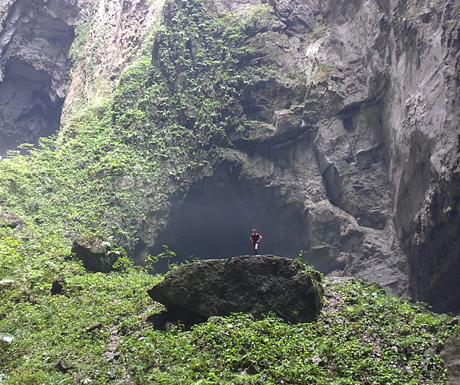The very notion of luxury travel is being re-worked. Old-fashioned, ostentatious luxury hotels are clearly outmoded, as todays high-end travelers are searching for experiential adventure. They are looking to get inside a destination connecting with the indigenous culture, sampling the local food, and appreciating local designs. These modern-day explorers pursue not just vacations, but life-changing experiences. We should note, though, that this search for authentic experience and adventure is inclined to be balanced with the desire for responsible and environmentally conscious travel.
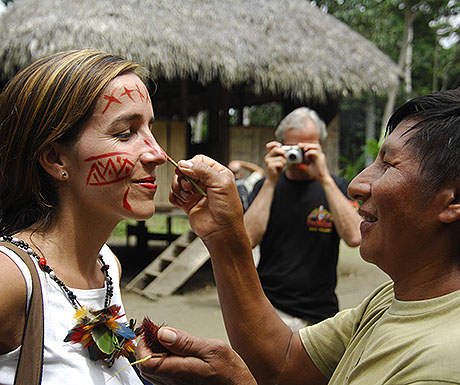
For these reasons, the Latin American eco-lodges are increasingly attractive. A host of these jungle lodges can be found in and near the Amazonian rainforest, as this region stretches across several countries and over thousands of square miles. Weve picked out our five best eco-lodges in the country where the Amazon is most accessible: Ecuador.
1. Hamadryade Lodge – grand luxury, Amazon style
Here, you will also find luxurious qualities that are increasingly scarce: time, pause and the chance to disconnect. Only 3½ hours from the Ecuadorian capital city of Quito, this primeval world awaits deep in the Amazonian rainforest, though your stay will be in the elegant and urbane ambiance of the Hamadryade Lodge.
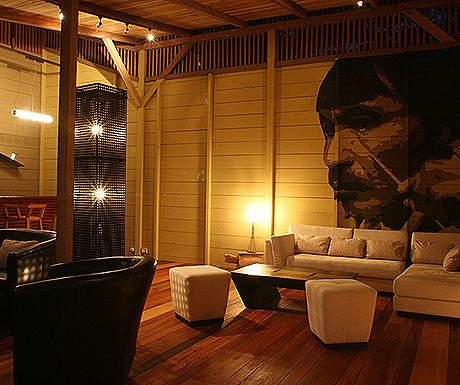
Exclusive and exceedingly private, the five spacious bungalows at Hamadryade eco-lodge provide for the perfect blend of such adventure and luxury. The smart accommodations come with Italian linen, large windows that look out onto a majestic tributary of the Amazon River, and luxurious bathrooms. Indeed, the spacious showers feature natural stones for a private, soothing experience. Yet for those guests requiring deeper relaxation, theres an on-site massage hut.
Each of the bungalows forms a harmonious alliance between tradition and modern design, as their traditional toquilla roofs and interior decorations pay homage to the mysterious cultures of various Amazonian ethnic groups. Meals are prepared on-site by the eco-lodge’s French owner-managers, who are known especially for their three-course candlelight dinners in the middle of the worlds most famous jungle.
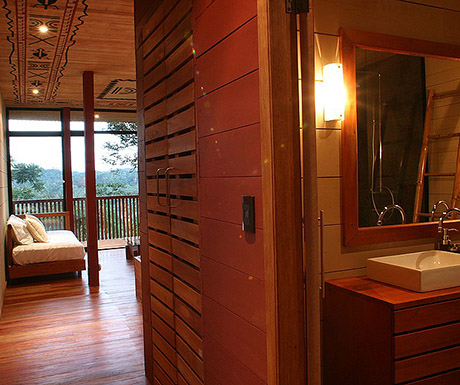
As the lodge is situated in the High Amazon at a 1,500-foot altitude, the ecosystem here is quite different from the lower regions. All year round, the temperature in this area averages a pleasant 75°F (24°C), while the absence of swamps means the area doesnt suffer from the presence of annoying mosquitoes.
This undulating topography also offers the chance to enjoy pristine whitewater rivers during day trips, whether by rafting, kayaking or tubing. However the wider range of activities includes everything from hikes in the primary and secondary forest, to specialized tours (ornithology or entomology, among others), as well as visits to indigenous Kichwa and Waorani communities, and night walks to discover the nocturnal wildlife of the rainforest jungle.
2. Mashpi Lodge – a big-city hotel… in the jungle
Though situated in the Ecuadorian cloud forest rather than the Amazonian rainforest this jewel of a property is internationally recognized as one of Latin America’s most upscale eco-lodges. This is no stripped-down, sweaty jungle refuge. Instead, with amenities on par with a big-city guesthouse, this boutique hotel is designed in glass set within a steel framework to give guests a front-row seat to one of the most bio-diverse regions on the planet.
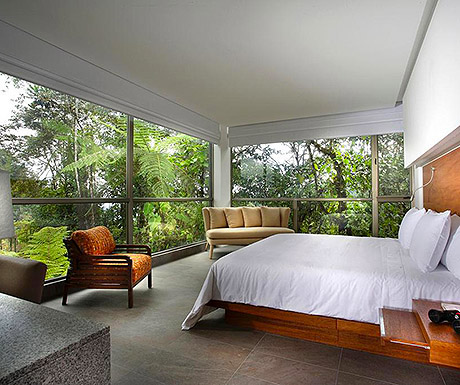
Two-and-a-half hours from Quito, Mashpi Lodge is a wondrous, modern escape in the heart of an Ecuadorian Andes cloud forest. Perched at 3,116 feet (900 m) above sea level, the lodge’s grounds cover over 2,500 acres of the endangered Choco forest. Within this, an incredible 500 species of birds (36 of which are endemic) call it home. Meanwhile monkeys, peccaries and even puma also inhabit the reserve, as do a profusion of plant species from ferns and bromeliads to hundreds of orchid species, many newly-discovered ones.
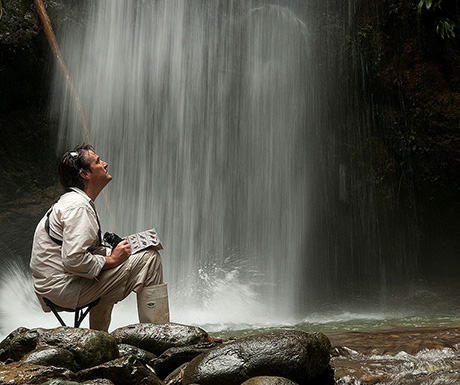
Here, you awake with nature within arms reach of your floor-to-ceiling windows. The lodge itself was constructed employing the latest techniques in sustainable building, after being fashioned to sensitively blend into its natural surroundings. Here, you are not going to a rustic, Accommodating a maximum of 44 visitors, Mashpi Lodge’s 22 luxurious rooms and suites each looking out on the cacophony of trees, vines, and birds just a few feet away. Indeed, each of the guest quarters feature minimalist decor, mixing warm earth tones, notes of bright color, clean lines and striking angles and vistas to form a “luxury cocoon in the cloud forest”.
Dining is a gourmet affair that spotlights regional cuisine prepared with fresh local products and served in the stunning two-story dining room, while the daily cloud forest excursions are led by professional guides who can take you on fascinating treks along nature trails, dips in waterfalls, and introduce you to a completely different world on nocturnal cloud forest walks. The setting provides an ideal place for contemplation and relaxation for those travelers with discerning tastes.
3. Selva Lodge – the best of Yasuni Reserve
The Selva (jungle) eco-lodge is one of those destinations where one truly feels more like a true traveler rather than a simple tourist. This 30-year-old lodge is located in near eastern Ecuadors border with Peru in Yasuni National Park, which itself covers more than 3,600 square miles (9,820 km2) of primarily rainforest.
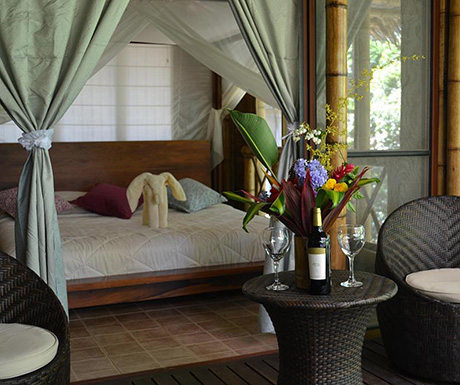
This reserve considered one of the most biologically diverse spots on the planet was designated a UNESCO Biosphere Reserve in 1989 and lies within the claimed ancestral territory of the Huaorani indigenous people and two uncontacted tribes. Yet, despite its remote location, the recently renovated La Selva is now the most luxurious eco-lodge in the Yasuni.
Distributed across the lodges grounds in a number of structures are 18 deluxe suites built in part from local materials like bamboo and thatching. Nevertheless, lodges European owner has imported a host of stylish elements, such as fine linens, good reading lights, L’Occitane toiletries, and hard-wood and marble tile floors. Still, youre more likely to spend more of your down time out on your balcony or deck, or relaxing in a hot tub with a glass of good wine after the day’s rainforest excursion.
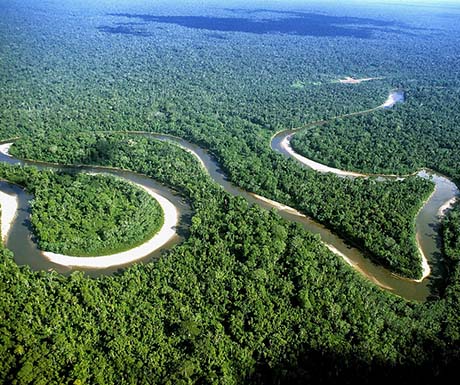
But the lavish pampering doesnt stop there. You can get a massage at the on-site spa, or participate in one of the daily Selva Lodge yoga classes. Plus, the cuisine here also gets high marks as does the lodges lounge, restaurant and bar facilities.
On top of all this, La Selva Lodge offers observation tower that provides an eye-level view of rainforest birds and wildlife from above the rainforest canopy. Such biodiversity can also be revealed to you from the ground level during one of the naturalist guided hikes provided at the La Selva eco-lodge. After hours of treetop observations, an excursion to local villages, a swim in the lake, and a night hike with flashlight in hand, youll be lulled to sleep by the sounds of the jungle a special way to end the day.
4. Napo Wildlife Center Eco-lodge – in touch with ancestral traditions
Owned and managed by the local indigenous community itself, travelers are given an authentic introduction to life in the Amazon at the Napo Wildlife Center & Eco-lodge. The complexs Interpretation Centre is one of the main attractions, as it is a place where you can learn about ancestral traditions and the way of life of the Kichwa Añangu community, the plants and wildlife of the region, surviving in the jungle, medicinal plants, and more.
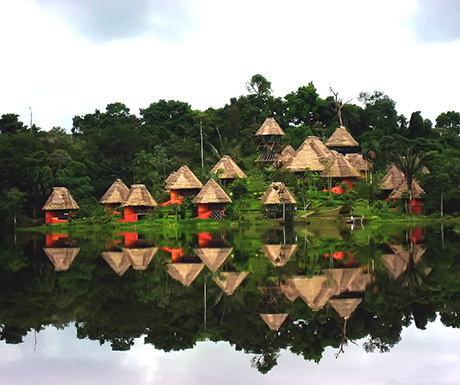
Built according to traditional architectural principles but with all the modern conveniences included the Napo Wildlife Center Eco-Lodge consists of 16 luxury thatched bungalows, each with a private bathroom, insect screens, mosquito nets, and views of the forest and the centers own private lake (Lake Añangucocha).
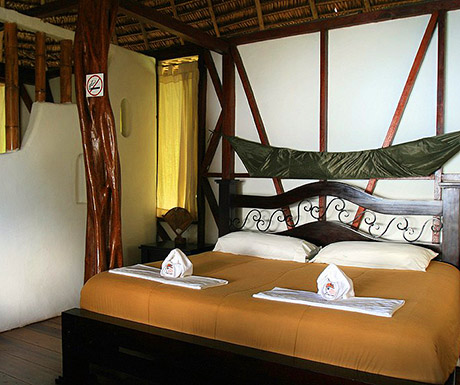
The lodge has a large open-air restaurant/dining area, a reading room and a well-stocked bar, in addition to providing laundry service and Internet access (charges payable on site). There are also two observation towers: one next to public rooms and another one in the forest. The one attached to the bar is a 15-meter-high (50-foot) viewing tower. Deep in the forest nearby, theres also a 36.5 meter (120-foot) stainless steel canopy tower built next to a giant 47-meter high (155-foot) kapok tree with a viewing platform, allowing guests to observe the wildlife above the forest floor.
5. Sacha Lodge – a diamond in the rough
Sacha Lodge can pretty much be summed up in the expression Roughing it in style. You won’t get a bath butler, a pillow menu or room service in fact you may even find a frog hopping into your shower; but, at this 5,000-acre private reserve, youll be surrounded by all the amazing biodiversity that the rainforest has to offer including eight monkey species, exotic birds, bats, frogs, caimans and tapirs.
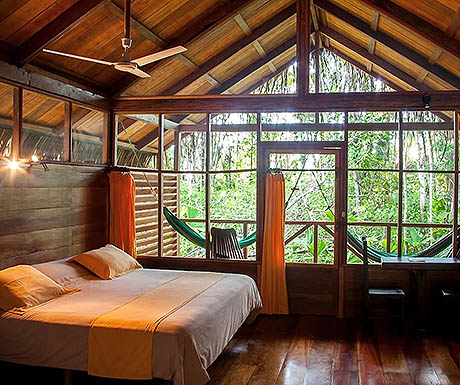
Getting there means a 25-minute flight from Quito to the provincial capital, followed by a 2½-hour ride downriver in a motorized canoe, and ending with a 20 minute walk through the rainforest. But the scenic trip is more than worth the effort.
Sacha Lodge offers its guests comfortable accommodations and hearty meals in a true jungle setting. Each of its 26 cabins is built on a boardwalk and has a view of the jungle rainforest from its terrace. Activities at Sacha Lodge include birdwatching, hiking, night walks and nocturnal canoe trips for caimans spotting.
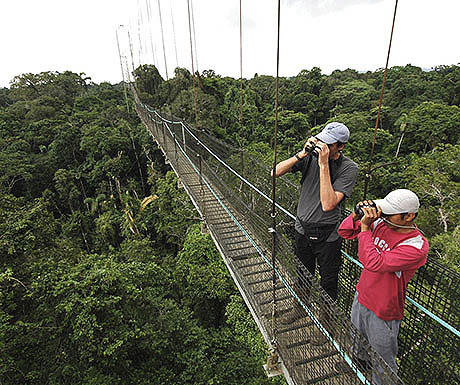
A lovely view over the adjacent lake can be taken in from the open-air restaurant and bar area, while Sachas canopy walk 275 meters (902 feet) long and 30 meters (98 feet) above the ground provides a unique and amazing opportunity to view the tropical rainforest from a totally different perspective (because it was been built for stability, its even accessible to those people who are nervous of heights). The services of bilingual naturalists and native guides are also available.
Alfonso Tandazo is President and CEO at Surtrek Tour Operator.
If you would like to be a guest blogger on A Luxury Travel Blog in order to raise your profile, please contact us.


